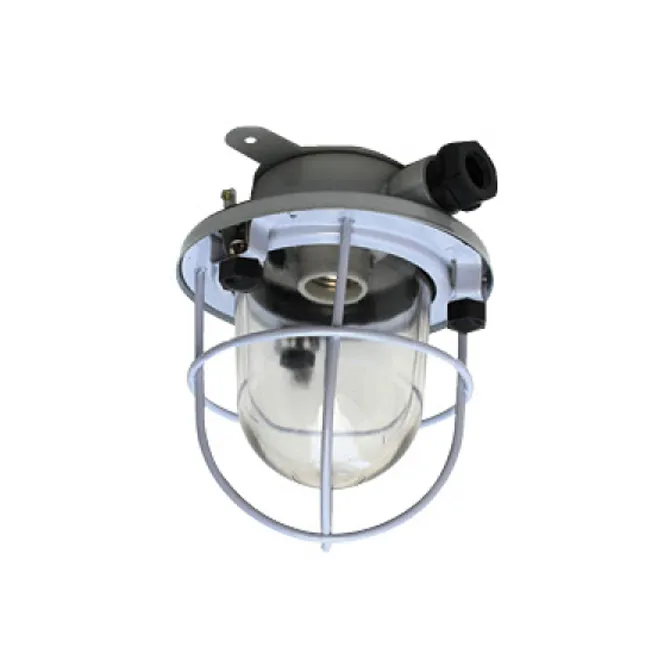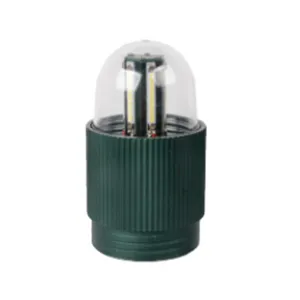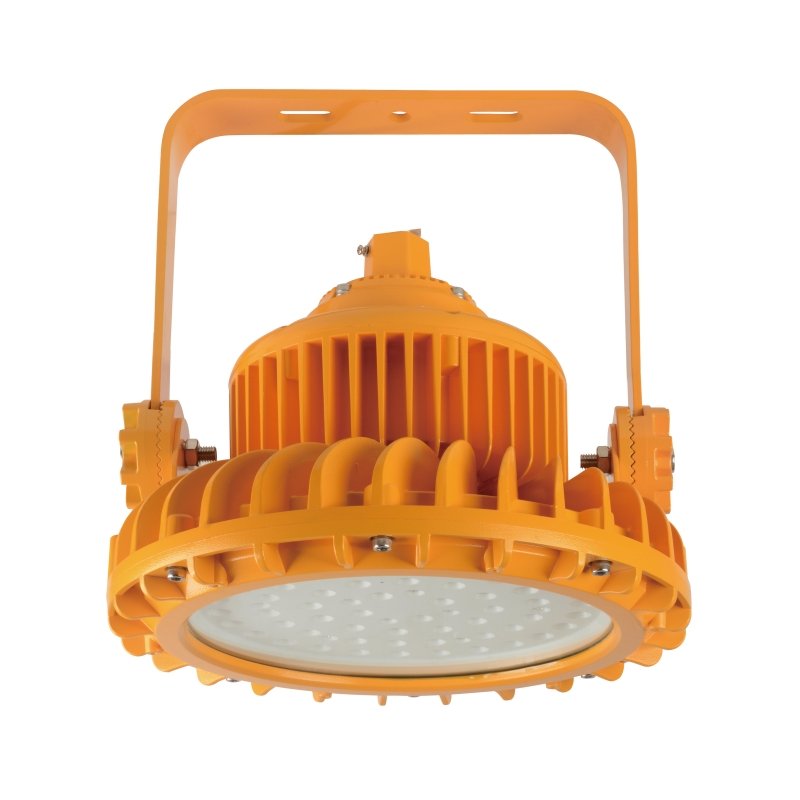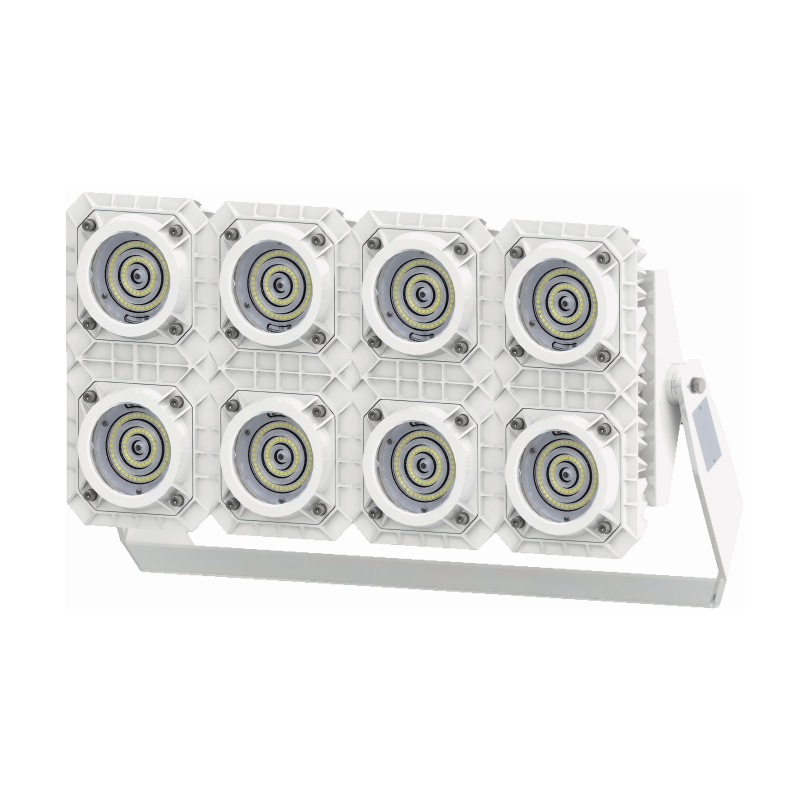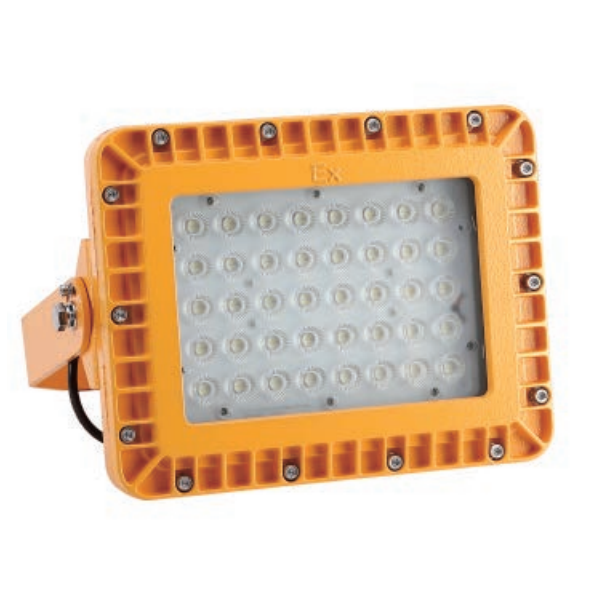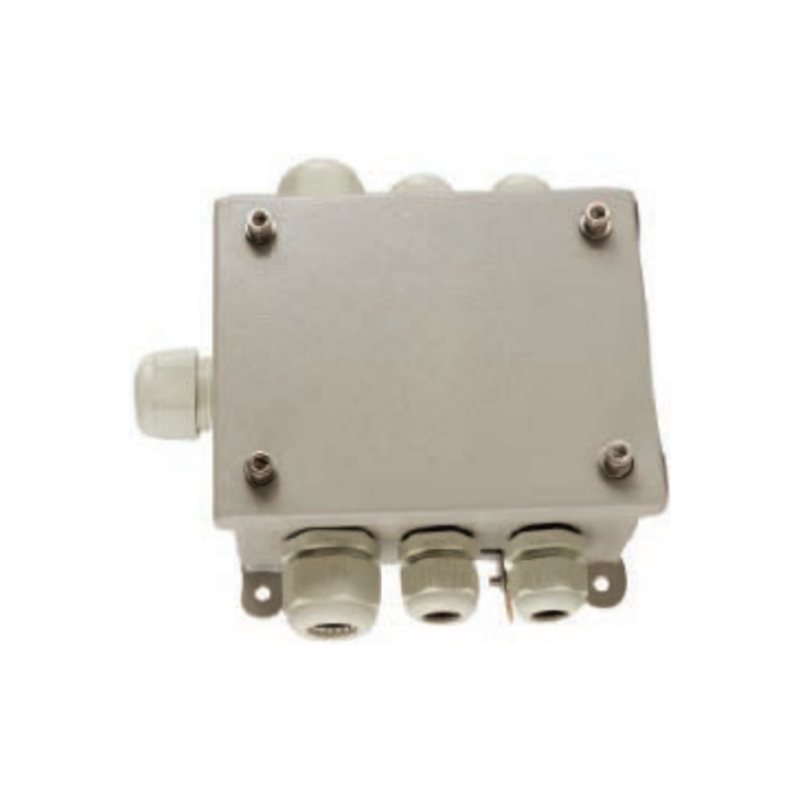Energy efficiency issues of marine incandescent lamps
As a traditional lighting device, marine incandescent lamps have good light color performance and low production cost, but there are significant problems in energy efficiency. First, the energy consumption of incandescent lamps is high. Its working principle is to heat the filament to a high temperature through electric current to make it glow, but a large amount of electrical energy is converted into heat energy rather than light energy, resulting in low energy utilization efficiency. Studies have shown that only about 5% of the electrical energy of incandescent lamps is converted into visible light, and the remaining 95% is lost in the form of heat energy, which is a serious energy consumption problem for ships that need long-term lighting.
Secondly, the service life of incandescent lamps is relatively short, generally only about 1,000 hours, and they need to be replaced frequently, which not only increases maintenance costs, but also further aggravates energy waste and environmental burden. In contrast, modern lighting technologies such as LEDs and fluorescent lamps have obvious advantages in energy efficiency and life.
Comparison with other lighting technologies
With the development of science and technology, modern lighting technologies such as LED and fluorescent lamps have gradually replaced traditional marine incandescent lamps and become the mainstream choice for ship lighting. The following is a comparison of incandescent lamps, LEDs and fluorescent lamps:
- Energy consumption and efficiency
- LED: Light-emitting diodes (LEDs) are known for their high efficiency. The energy utilization efficiency of LED lamps is much higher than that of incandescent lamps, with about 80-90% of the electrical energy being converted into visible light and minimal heat loss. Therefore, LED lamps can significantly reduce the energy consumption of ships, extend battery life and reduce fuel use.
- Fluorescent lamps: Fluorescent lamps are also more energy efficient than incandescent lamps, with about 25-35% of the electrical energy being converted into light energy. However, compared with LEDs, fluorescent lamps still have certain energy losses, especially in cold start and frequent switching conditions.
- Incandescent lamps: Incandescent lamps have the lowest energy efficiency, with only about 5% of the electrical energy being converted into light energy, and the remaining 95% being lost in the form of heat energy, resulting in a lot of energy waste.
- Service life
- LED: LED lamps have an extremely long service life, usually up to 25,000 to 50,000 hours or even longer. This reduces the need to frequently replace lamps and reduces maintenance costs.
- Fluorescent lamps: Fluorescent lamps also have a longer service life than incandescent lamps, usually 8,000 to 15,000 hours, but still not as long as LED lamps.
- Incandescent lamps: Incandescent lamps have the shortest service life, usually only about 1,000 hours, and need to be replaced frequently, increasing maintenance workload and costs.
- Environmental impact
- LED: LED lamps do not contain harmful substances such as mercury, and waste disposal is more environmentally friendly. At the same time, the high efficiency and long life of LED lamps reduce energy consumption and waste generation, which helps protect the environment.
- Fluorescent lamps: Although fluorescent lamps are more energy-efficient, they contain trace amounts of mercury, and improper waste disposal may cause environmental pollution. In addition, fluorescent lamps release mercury vapor when broken, which poses a certain risk to health.
- Incandescent lamps: The manufacturing and use process of incandescent lamps has a relatively small impact on the environment, but their high energy consumption and short life make the overall environmental impact greater.
- Light quality
- LED: LED lights have high light quality, adjustable light color and brightness to meet different lighting needs. Its instant-on feature also improves ease of use.
- Fluorescent lamps: Fluorescent lamps have softer light colors, but the light quality and color temperature stability are not as good as LEDs, and flickering may occur when frequently turned on and off.
- Incandescent lamps: Incandescent lamps have warm light colors, but low light efficiency and are not suitable for lighting environments that require high brightness.
Environmental regulations and marine incandescent lamps
As global environmental awareness increases, countries have introduced environmental regulations to reduce energy consumption and environmental pollution. As a traditional lighting device, marine incandescent lamps are subject to more and more restrictions due to their high energy consumption and low efficiency.
Impact of environmental protection regulations on marine lighting
- Improvement of energy efficiency standards:
Environmental protection regulations require lighting equipment to meet certain energy efficiency standards. Incandescent lamps are gradually being eliminated due to their low energy efficiency and difficulty in meeting new energy efficiency standards. For example, the European Union and the United States have restricted or banned the sale of high-energy incandescent lamps, prompting ship operators to turn to more energy-saving lighting technologies such as LEDs and fluorescent lamps. - Restrictions on hazardous substances:
In addition to energy efficiency standards, environmental regulations also impose strict restrictions on the use of hazardous substances in lighting equipment. Although incandescent lamps themselves do not contain hazardous substances such as mercury, the indirect pollution caused by their high energy consumption is still a concern. In comparison, LED lamps do not contain hazardous substances such as mercury, and although fluorescent lamps contain trace amounts of mercury, they have significant energy-saving effects and are still allowed to be used under certain conditions. - Waste management:
Environmental regulations also cover waste management. Since incandescent lamps have a short service life, they need to be replaced frequently, generating a large amount of waste. Regulations require waste to be classified and treated in an environmentally friendly manner, which increases the cost of incandescent lamp treatment. LED lamps and fluorescent lamps have a longer service life, which reduces waste generation and helps protect the environment.
Green Shipping and Energy Saving and Emission Reduction Requirements
- Energy Saving and Emission Reduction Goals: Green shipping advocates energy saving and emission reduction to reduce the impact of the shipping industry on the environment. Ship lighting is an important part of ship energy consumption, and its energy-saving transformation is an important part of achieving green shipping. Traditional incandescent lamps are difficult to meet the requirements of energy saving and emission reduction due to their high energy consumption and low efficiency. Therefore, ship operators gradually adopt more energy-saving LED and fluorescent lamps to reduce energy consumption and carbon emissions.
- International Maritime Organization (IMO) regulations: The International Maritime Organization (IMO) has issued a series of regulations for ship energy saving and emission reduction, such as the Ship Energy Efficiency Design Index (EEDI) and the Ship Energy Efficiency Management Plan (SEEMP). These regulations require ships to adopt energy-saving measures in the design and operation process to reduce greenhouse gas emissions. The use of efficient lighting equipment such as LED lamps is one of the effective ways to comply with these regulations.
- Green certification and incentives: Countries and regions have provided policy support and incentives for green shipping, such as green certification and tax incentives. The use of energy-efficient lighting equipment not only helps ships obtain green certification, but also enjoys corresponding policy incentives, further promoting the transformation of marine lighting from incandescent lamps to LED and fluorescent lamps.
R&D and application
With the increasing awareness of environmental protection and the demand for energy conservation and emission reduction, the research and development and application of energy-saving lamps have become an important direction of the lighting industry. Especially in the field of ship lighting, the use of energy-saving lamps can not only reduce energy consumption, but also reduce carbon emissions and promote the development of green shipping.
- Research and development and application of LED lamps
- High-efficiency LED chips: The research and development of modern LED lamps focuses on improving the energy efficiency of LED chips so that they can produce higher light output while consuming less electricity. In addition, by optimizing chip materials and structures, their durability and stability are improved.
- Intelligent control system: To further improve the energy-saving effect, many LED lamps are equipped with intelligent control systems. These systems can automatically adjust the light brightness according to factors such as ambient light intensity, time and personnel activities, realize on-demand lighting, and avoid energy waste.
- Modular design: The modular design of LED lamps makes it easier to maintain and upgrade. Users can flexibly replace or add modules according to actual needs, extend the service life of lamps, and reduce resource waste.
- Improvement and application of fluorescent lamps
- Compact fluorescent lamp (CFL): Compact fluorescent lamp (CFL) is an improved form of fluorescent lamp, which has the characteristics of small size and high light efficiency. CFL lamps are widely used in various lighting scenarios, especially in areas with high energy-saving requirements.
- Electronic ballast: Fluorescent lamps traditionally use inductive ballasts, which have the problems of high energy consumption and slow start-up. Modern fluorescent lamps generally use electronic ballasts, which can significantly improve lamp efficiency, reduce energy loss, and achieve fast start-up and flicker-free lighting.
- Application of environmentally friendly materials: In the research and development of fluorescent lamps, more and more environmentally friendly materials are used to reduce the use of harmful substances. For example, by improving phosphors and lamp materials, the impact of lamps on the environment can be reduced.
- Application of energy-saving lamps in ships
- Cabin lighting: As the main place for crew members to live and work, the cabin has a high demand for lighting. The use of LED or high-efficiency fluorescent lamps can not only provide a comfortable lighting environment, but also significantly reduce energy consumption and extend battery life.
- Deck lighting: Deck lighting needs to take into account special requirements such as waterproofing, corrosion resistance and earthquake resistance. High-efficiency and energy-saving LED lamps have become the first choice for deck lighting due to their durability and high efficiency. In addition, the intelligent control system can automatically adjust the lighting according to the weather and operating conditions to further improve the energy-saving effect.
- Navigation lighting: Navigation lighting is the key to safe navigation of ships. High-brightness, high-efficiency LED lamps can provide clear and stable light sources, improving the safety of night navigation. At the same time, the long life of LED lamps reduces the maintenance workload and replacement frequency, and improves the economy and reliability of navigation.
- Future development trends
- Intelligent lighting technology: In the future, intelligent lighting technology will further integrate the Internet of Things and big data to achieve more intelligent lighting management. Through data analysis and automatic control, optimize the use of lights and maximize energy conservation.
- Renewable energy lighting: With the development of renewable energy technology, lighting equipment combined with renewable energy such as solar energy and wind energy will become more and more popular. This will not only help to achieve self-sufficiency in lighting equipment, but also further reduce the dependence of ships on fossil energy.
- New materials and new processes: The continuous application of new materials and new processes will continue to promote the performance improvement and cost reduction of energy-saving lamps. For example, the application of nanomaterials and 3D printing technology in lamps is expected to bring more efficient and environmentally friendly lighting solutions.


